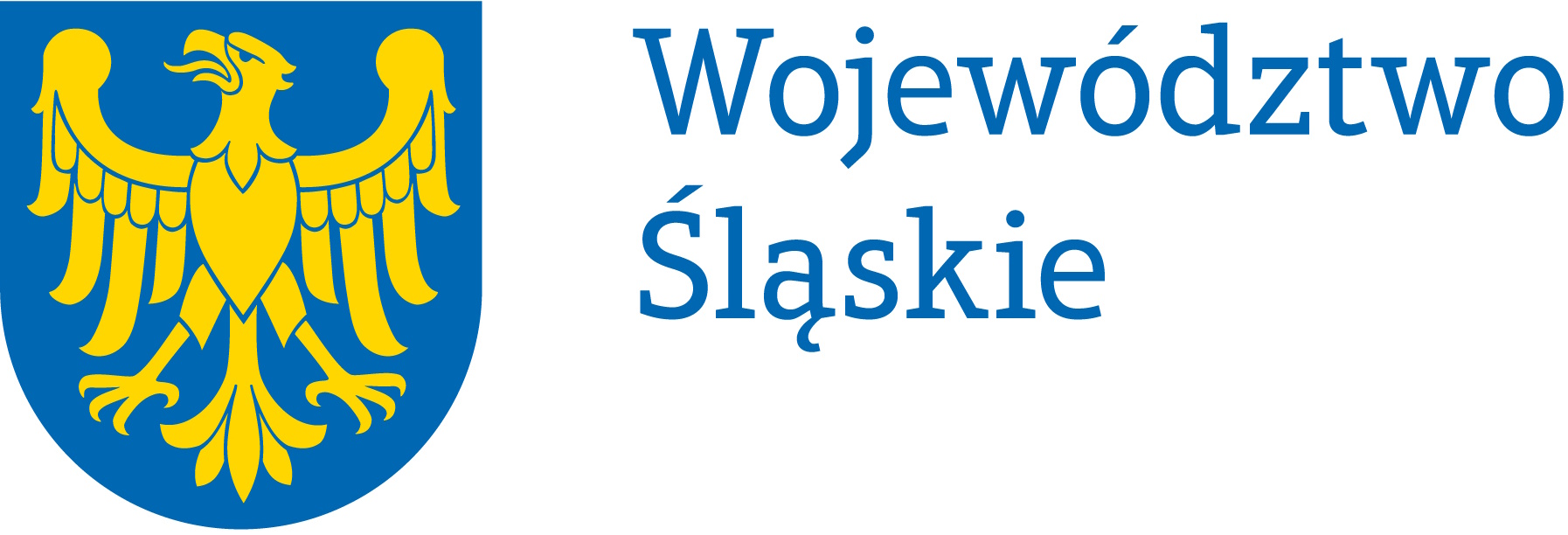Tourism
The Śląskie Voivodeship lies in the southern part of Poland, bordering from the south with the Slovak Republic and Czech Republic, from the west with the Opolskie Voivodeship, from the north with the Łódzkie Voivodeship and from the east with the Małopolskie and Świętokrzyskie. Within the area of 12,300 sq. km., there are almost 5 million inhabitants. Area-wise, it is 14th voivodeship in Poland. Population-wise, it is the second.
Silesia is full of positive energy, taking its source from diversity in respect of ethnicity, culture and tourism. The Silesian region has a range of Poland's most diverse tourist attractions, including the beautiful limestone rocks of the Kraków-Częstochowa Jurassic Highland Chain, with perfect conditions for rock climbing, the mountain ranges of the Silesian Beskids and Żywiec Beskids with the well-known in Europe ski resorts of Szczyrk, Ustroń, Wisła or Korbielowo, forests near Pszczyna, which witnessed the history of the Dukes of Pszczyna, the Łężczok reserve in the vicinity of Raciborz, and the Upper Silesian agglomeration with an industrial legacy of almost 200 years. These areas are diverse, yet they form a unity - the strong Silesian Voivodeship.
No doubt the signature tourist attractions of the Voivodeship include the Pauline Monastery of Jasna Góra, the Eagle Nests Trail in the Kraków-Częstochowa Jurassic Highland Chain, Castle Museum in Pszczyna and the Silesian Industrial Monuments Route - the only industrial tourism route in Poland, consisting of 31 facilities, which in previous ages witnessed the industrial revolution, and now function as tourist attractions. Particularly popular facilities forming part of the Route include the Żywiec Brewery Museum, the Tychy Brewing Museum and the "Guido" Ancient Hard Coal Mine in Zabrze.
Silesia specialises in huge mass sports and cultural events. The Silesian Stadium, the Show and Sports Hall "Spodek," the Voivodeship Park of Culture and Recreation in Chorzów, are all places where many millions of Poles experience the positive energy of being together and participating in mass events such as football matches, the FIVB World League, or U2 concerts. It is worth mentioning that in the last year only the Silesian Stadium was the venue of multiple rock music stars, including Red Hot Chilli Peppers, Pearl Jam and Genesis.
Silesia as a "frontier land", has equally impressive cultural traditions. Many world-famous musicians and artists live or work here. The legacy of music culture is continued by the National Symphonic Orchestra of the Polish Radio in Katowice, the Silesian Philharmonic - the organiser of the G. Fitelberg International Conductor Competition, and the Silesian Opera in Bytom. Immensely popular in almost the whole world is the Śląsk Song and Dance Ensemble, presenting Silesian folk music, as well as incorporating into their repertoire songs and dances from other Polish regions.
Research carried out in 2009 reveals that in the last 12 months the Silesian Voivodeship was visited by 1,7 mln tourists, 260,000 of which were foreign visitors. Short trips (2-4 days), mainly for work and business purposes, turn out to be the most popular. At the same time, a continued growth in the incidence of long-term trips (over 4 days) is observed, which is a positive phenomenon, as it brings higher revenues for the region. Among those who visit the tourist attractions of the Voivodeship, the region's own residents constitute the most numerous group (approx.70%). Other tourist groups include residents of Little Poland, Masovian, Łódzkie, Opolskie, Lower Silesian and other voivedeships. Visitors to the Silesian Voivodeship assess it very positively. Around 90% of the tourists surveyed are ready to recommend the Silesian Voivodeship to their friends or family and they themselves would like to come back here.
Silesia was the first Polish region to undertake the difficult, yet immensely valuable, task of ordering the preparation of a professional strategy for tourist promotion, as well as investment and economic strategies. Briefly speaking, work on the construction of the Silesia "brand" has started. The adopted publicity strategy provides for the implementation of a range of marketing operations. The most important role in the planned operations will be played by elements such as:
- comprehensive image and public relations campaigns,
- a series of advertising campaigns and publicity activities, separately targeted at the Voivodeship's residents, tourists, entrepreneurs and investors;
- programme activities such as the launch of the Silesian Tourist Information System.

